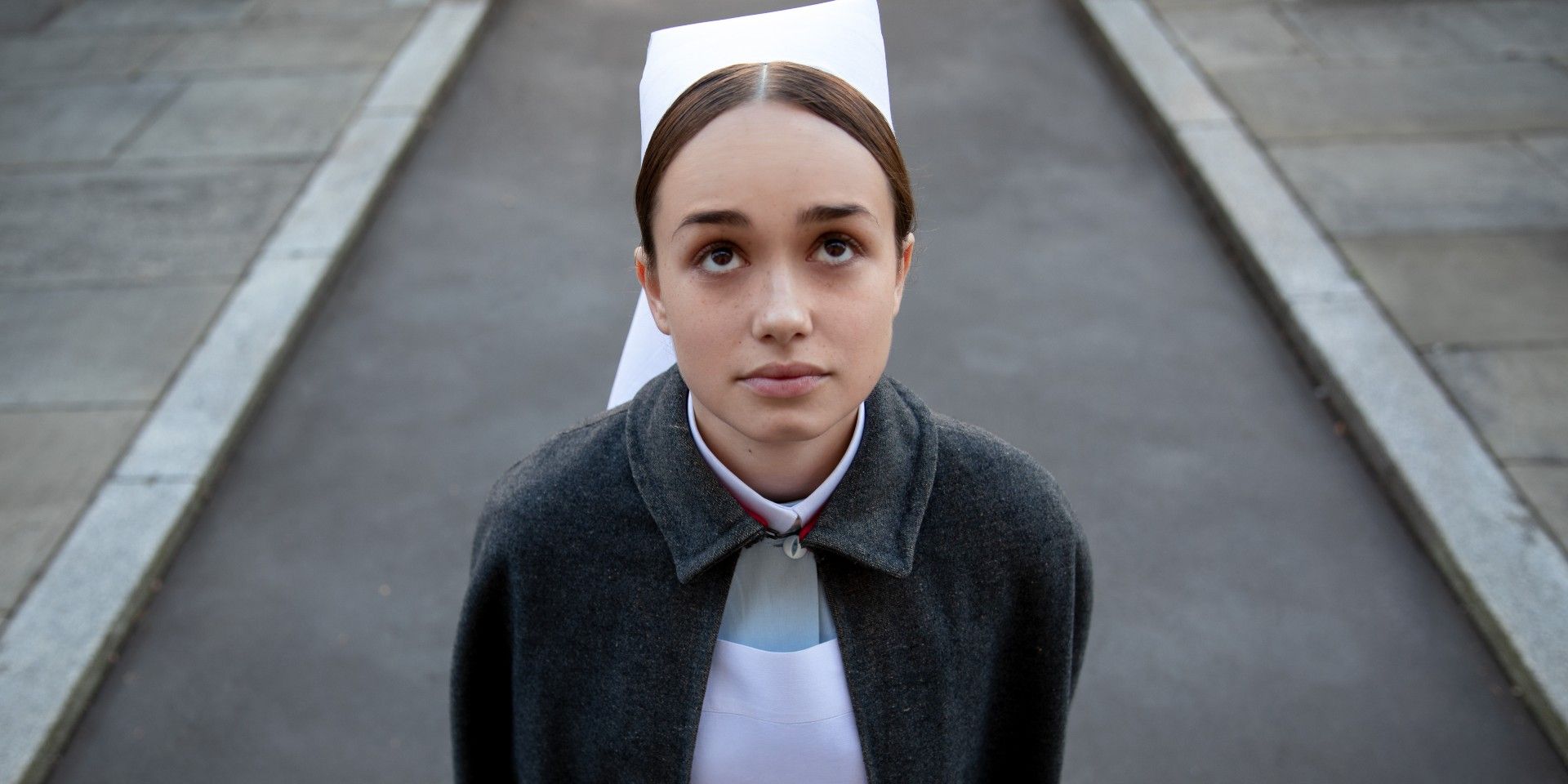
The Power is not only a ghost story, but a piece of historical fiction that sheds light on the previously covered-up abuse scandals within London's health care system. Set in 1974's East London, The Power follows Val (Rose Williams), an anxious and shy nurse, on her first day of work at East London Royal Infirmary. However, it doesn't take long for her well-meaning and detail-oriented approach to rub her superior the wrong way. Unfortunately, this results in her assignment to work the graveyard shift amidst a country-wide blackout. In the pitch-black of the hospital's corridors, hidden and ghastly secrets are pushed into the spotlight for Val to face.
In an exclusive interview with CBR, Williams shared what it was like to be a part of a horror film that also contains tragic, real-life truths. She also shared how she prepared herself for the film's possession scenes and how her family history informed her portrayal of Val.
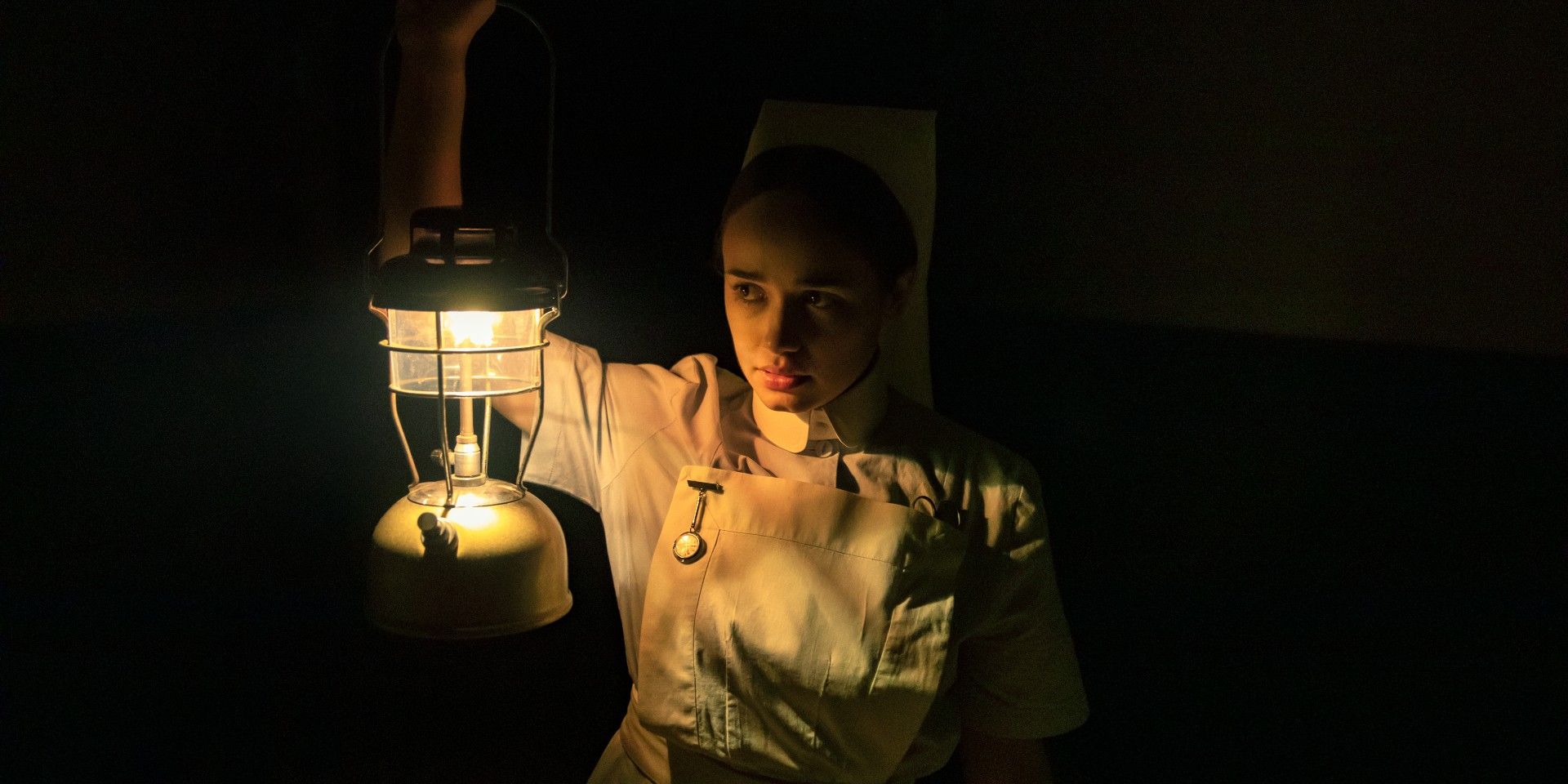
CBR: I spoke to The Power director and writer Corinna Faith about why she thought it was so important to set this film in the 70s, since it's rooted in a lot of things that happened then -- and now -- in hospitals. When you accepted the role, what kind of research did you do beforehand? Did Corinna share any research materials with you?
Rose Williams: Yeah, that was something I loved about the script, its level of detail, and how specific the world was. In the early 70s, in the East End of London, the poverty line at that time... There were kids who were dying. There was this bizarre backward step in progress when it came to active misogyny in the media, in the BBC. It was a time when characters like Jimmy Savile came out with serious sexual abuse charges after his death... so the film's timing was just perfect.
There was this book that Corinna gave me, You'll Never Walk Alone: Hospital Survival Techniques. That was really helpful. Lots of visuals helped, I'm quite a visual person. I've bought a few books and finding images and articles online of children playing the streets of the East End in the 70s is also meaningful to me. My mum's side, my great-grandmother, came from the East End, so there were these family pictures. My mom's mom was a nurse in the 60s at Great Ormond Street Hospital for Children. It really was a can of worms opening up pieces of my family history.
And just finding pieces online. Actually, there was one image that myself, and Corinna, and our wonderful costume designer Holly Smart, all pulled up. It was this picture in a piece on poverty in the East End in the early 70s and had this photo of a young girl living there.
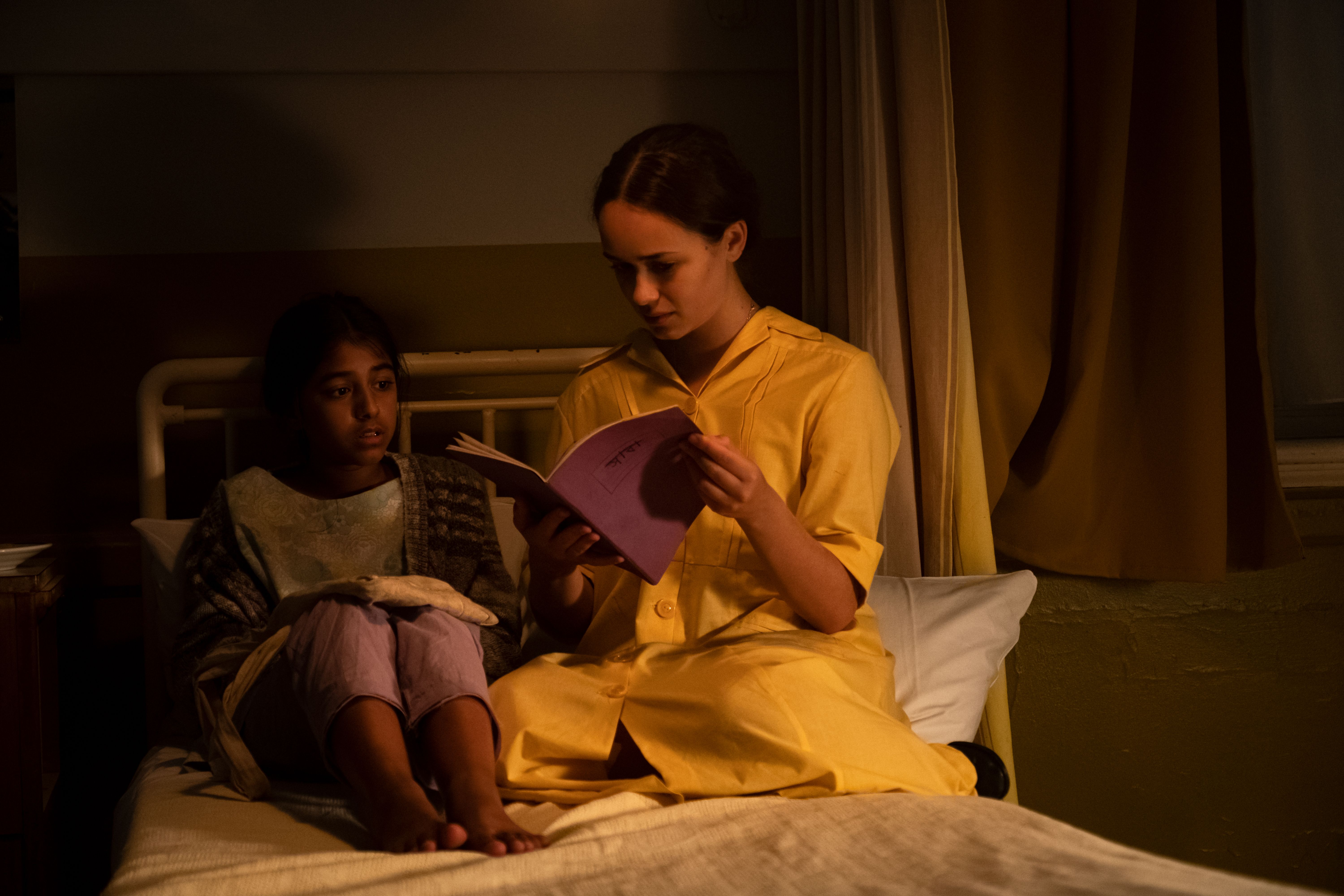
Building off what you said, what was it like doing all this research and then actually filming in a set that was a hospital that closed off certain older areas for filming projects like this one? How did walking into that space and knowing all that history inform your performance?
Enormously. The space felt like it had a voice and an impression of those that passed in the space and those that spent time in that space. When talking about it, my intention is to have respect for the pain and suffering that went on in the space and for the people that worked there, and the people that lost their lives there. It was kind of like a whisper of... Whispers of experience in every corner. As it was abandoned, there was paperwork that was still there. Office supplies were still there. Writing on the walls... It was very visually connected to its past.
It very much informed my headspace as I was filming.
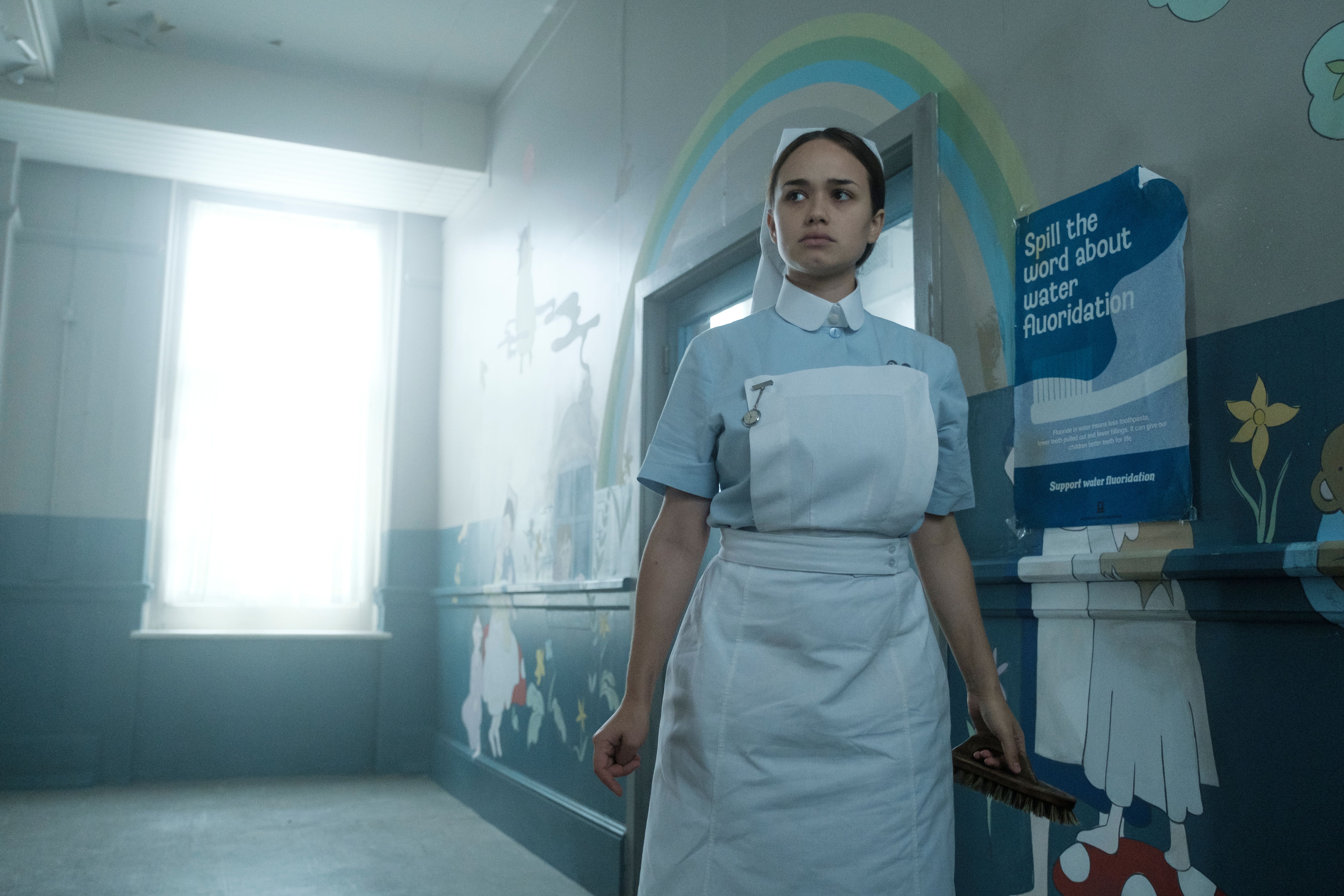
Speaking of Val, and going off what you mentioned about your own family history of caregivers, how did that play into how you showed her? She has this... It's not walking on eggshells. It's like walking on glass kind of feel to her. It's visceral and so great.
Thank you. I really appreciate that very much.
Val was important to me and Corinna. She was a young woman who was walking on glass and pressured into being silent. She got the opportunity, through her possession and connection to [the ghost], to explore that chance to be heard. Essentially, the trauma and the horror of the film are the horrors of abuse and violence and how traumatic that is. Then, the emancipation to release, to explore that rage. I felt really personally connected to that.
I think, to an extent, any woman can relate to and understand the feeling of being silenced in their workplace and in their lives. I certainly can in my working life -- from working in a shop to being at school to the jobs that I do now. There are definitely moments on a micro and larger-scale level where one isn't listened to because they are a woman.
Obviously, things are changing. We are in 2021. But I definitely could relate to that situation. Val is a heightened symbol of what that can look like. I definitely learned about who I am as a woman and active feminism in a different way through the script and my conversations with Corinna. Not only was this a really amazing experience for me creatively, but it also helped me understand my voice as a woman in the world.
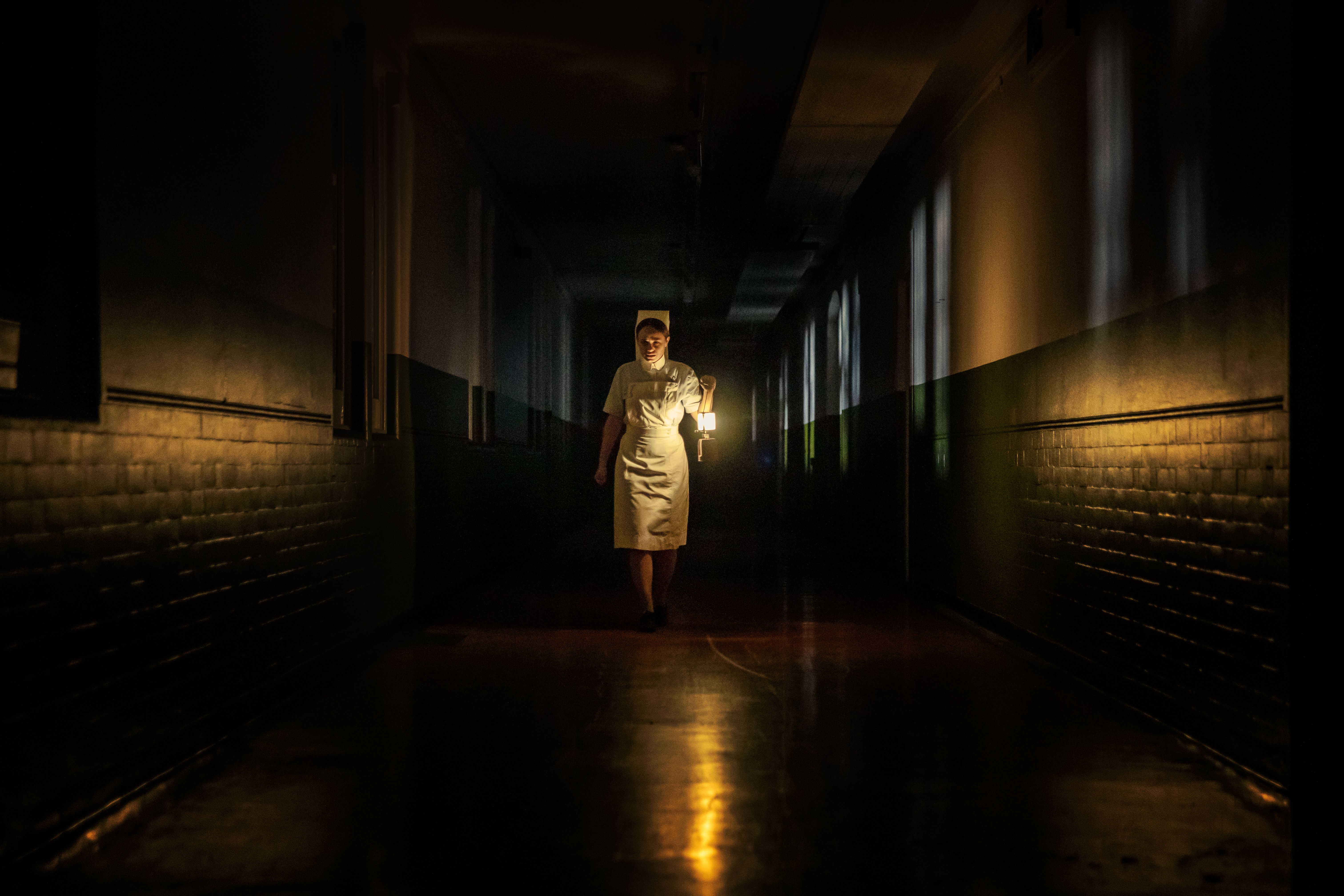
There are some really physically demanding scenes for Val. I heard that you didn't have a stunt double for the possession scenes. Without spoiling too much, I was really curious what it was like learning those sequences? Corinna referred to it as being like dance sequences.
I really looked forward to doing that. I've always wanted to explore my physicality with a role. It was one of my goals to play with and explore that physicality. It was choreographed to work as a dance, with a movement coach and Corinna. Essentially, that sequence where I pushed my body to control was where Val was being shown by [the ghost] the abuse that she went through. So that was the meaning behind the movement. When I was thrashing around, it was to show what she went through.
We wanted to show that trauma and not have horrifying movements for the sake of horrifying moments, but to explore her own trauma. It was very challenging. I really enjoyed it. I wanted to push myself as far as I could go with it. Corinna was pleased with the result but she also was incredibly protective of me throughout the process and wanted to make sure that I didn't hurt myself. It really was a challenge but I felt supported enormously by Corinna in the process of choreographing it and on-set.
The Power arrives on VOD, Digital HD, and DVD on Sept. 21.
0 Comments